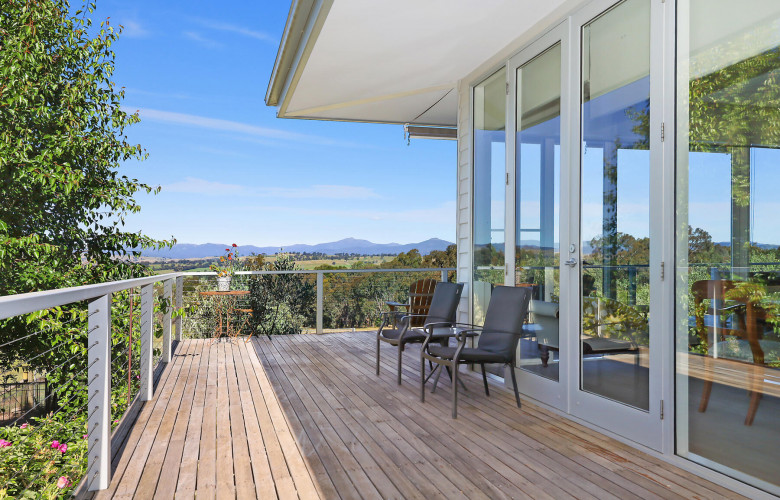John McGrath – Changing pandemic trends
Contact
John McGrath – Changing pandemic trends
According to John McGrath, Chief Executive Officer of McGrath Estate Agents, the pandemic sparked trends we’d never seen before on that scale, some of which remain relevant today while others are fading away.
The pandemic led to a highly competitive market in which home values soared across all capital cities and most regional areas. It also sparked trends we’d never seen before on that scale, some of which remain relevant today while others are fading away.
The big one was the steepest upswing in housing values on record. CoreLogic data shows the national dwelling value soared by 28.6% from September 2020 to April 2022.
This dramatic uplift was powered by the Reserve Bank reducing the official cash rate down to the emergency level of 0.1% by November 2020, along with $120 billion in stimulus payments.
Today, the national home price is still almost 15% higher than where it was in March 2020, with a market correction now playing out due to 10 consecutive months of interest rate rises.
Another significant trend during the pandemic was a mass relocation of city dwellers to coast and country locations, where they could largely escape city lockdown measures and enjoy more space.
Internal migration reached record-high levels in 2020-2021, according to the Australian Bureau of Statistics.
The ability to work from home enabled this trend, and although some people have moved back to the cities in this post-pandemic period, research indicates migration to the regions today is still higher than before COVID-19.
The greatest benefit of this trend is families buying far cheaper, and larger, homes in the regions.
On top of the financial benefit is a great lifestyle change to idyllic treechange and seachange environments where there is far less traffic and everything you need is within a 10-minute drive.
There is a broader economic benefit to this trend as well. We’ve seen a lot of wealth from the cities transferred to regional areas and that is great for local economies. It encourages more business investment, creating jobs and enabling regional towns to grow and attract more people over time.
The demand in regional areas also lifted the value of all homes, not just those that went to market.
Thousands of long-term regional homeowners have a lot more equity available to them than they did before COVID-19, and that has given them greater financial security for the future.
According to a report by CoreLogic, regional markets have retained much more of their new housing value than the capital city markets.
Overall, home values across Australia’s regional areas remain 30% higher than where they were at the start of the pandemic, compared to 10% across the combined capital cities.
During the pandemic, we also saw a very strong preference for houses over apartments.
This was a by-product of people remote working and moving away from the inner city areas of our capitals to the more affordable outskirt suburbs or regions where they could afford large houses.
This trend has now fallen back a bit.
People are returning to cities from regional areas, with some retaining their primary coast or country home and purchasing an inner-city apartment, so they can split their time between the two homes.
On top of that, rapidly rising interest rates have made it difficult to afford a house for some buyers.
The median Australian house price is 28.3% higher than the median apartment price.
The gap is widest in Sydney, where the median house is about $450,000 more expensive than the median apartment.
Across the other East Coast cities, the house/apartment gap is $350,000 in Canberra, $310,000 in Melbourne, $275,000 in Brisbane, and $175,000 in Hobart.
The market always finds a way to adapt to changing economic settings. The pandemic presented many challenges to the market and buyers and sellers changed their approach as a result.
The views expressed in this article are an opinion only and readers should rely on their independent advice in relation to such matters.
For more information including articles, checklists, guides and more visit McGrath’s Insights Centre.
Similar to this:
John McGrath – Upper-end market performing best





